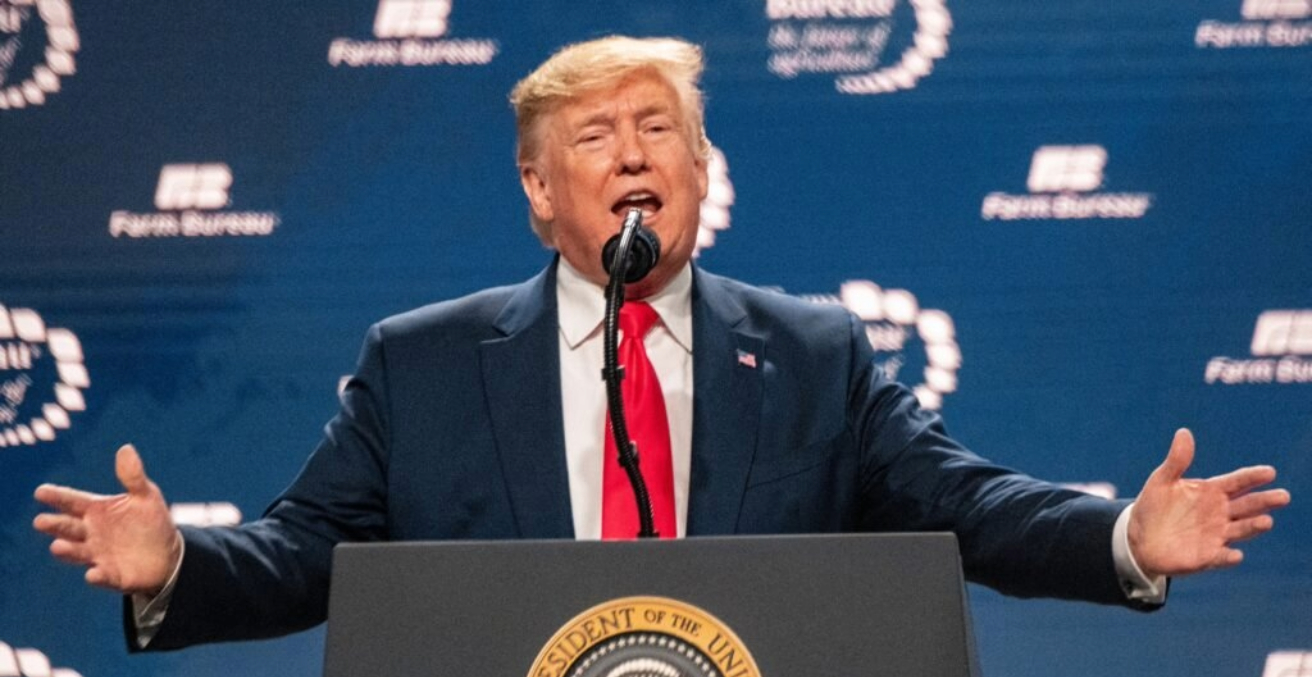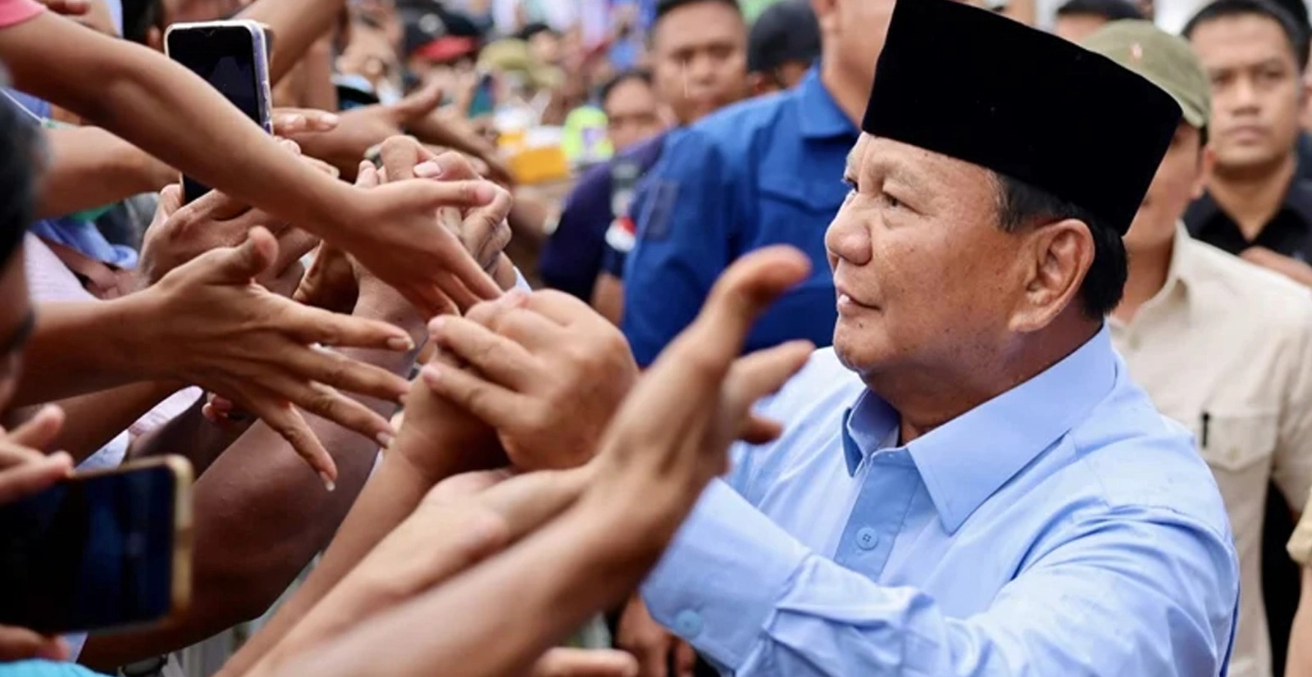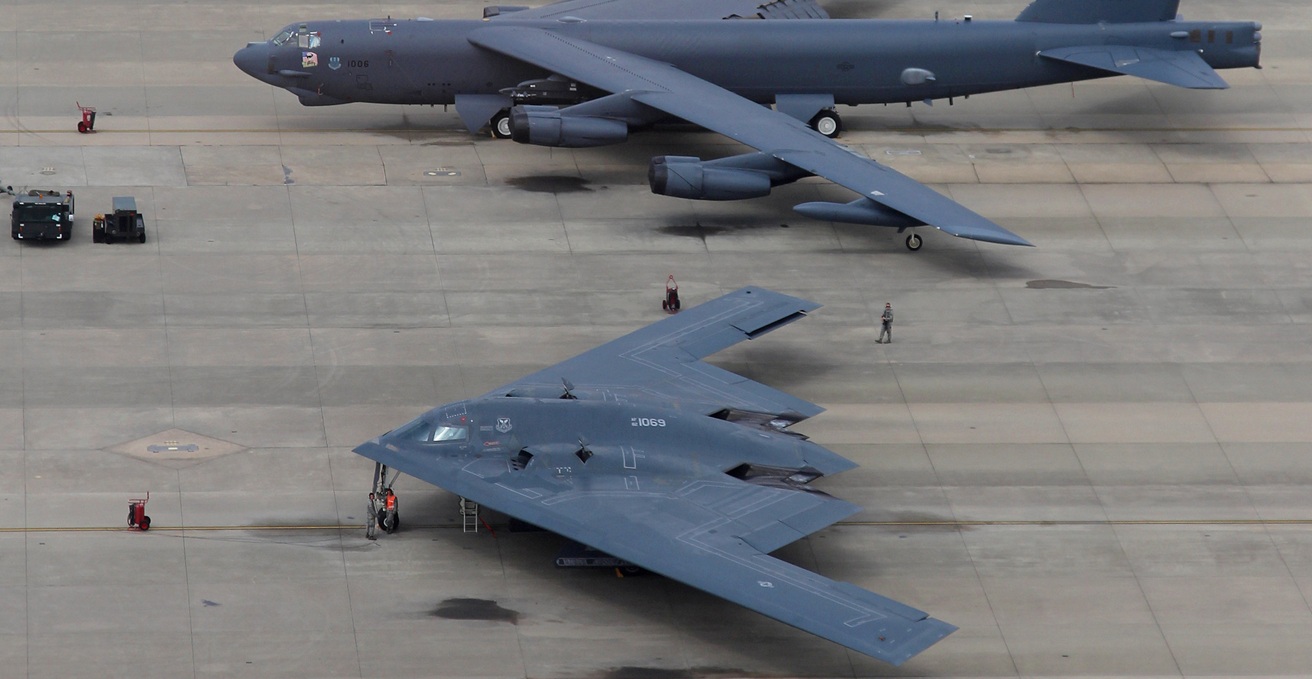International border closures have had a significant impact on Australia’s Pacific labour schemes. The COVID-19 crisis has highlighted a number of problems associated with these schemes.
The COVID-19 pandemic and its associated border closures have left thousands of migrant seasonal workers stranded in Australia, and immobile in their respective Pacific Nations. This commentary focuses on Pacific seasonal workers involved in Australia’s Seasonal Worker Programme (SWP). It touches briefly on the Pacific Labour Scheme (PLS) and Australia’s Pacific Labour Facility (PLF). The initial research was undertaken before these schemes consolidated under the new Pacific Australia Labour Mobility (PALM) scheme. These programmes are available for Fiji, Kiribati, Nauru, Samoa, Solomon Islands, Timor Leste, Tonga, Tuvalu, and Vanuatu.
At the time of the border closures in March 2020, approximately 8000 workers, just over 7000 in the SWP programme, and 1000 from PLS, became stranded in Australia. Australian approved employers (AEs) in both programs were responsible for keeping their workers up to date and safe. They generally did an excellent job in doing so. As we saw elsewhere in the world — for example in Canada and Germany — many workers in overseas guest workers programs contracted the virus, with fatalities.
Government Responses and Increased Welfare Efforts
When the COVID-19 crisis began, immediate changes needed to be implemented to allow SWP workers to continue working legally. On 4 April 2020, the Australian government announced that SWP and PLS workers could apply for a 12-month Temporary Activity (subclass 408) visa for employment in critical sectors during the COVID-19 pandemic, as they were classified as essential workers. In the interim, workers were automatically transferred to a bridging visa to extend their stay legally. This change created confusion as some workers and AEs assumed that the 408 visa was not employer-specific and workers could therefore find alternative employment, which contributed to the number of workers absconding.
COVID-19 came at a time where a large portion of seasonal workers were at the end of their contracts and were only weeks from returning home. In some cases, this was welcomed, especially by groups who had short-stay contracts of three to six months. Nonetheless, the honeymoon period of this extension waned by July 2020, when many became anxious if they would ever be able to return.
The 2020 lockdown period was a massive setback to farmers and industry. Furthermore, SWP workers that normally travelled to Australia between the months of March 2020 and August 2020 — when the new arrangement for the restart program came into effect — also suffered financial losses from immobility. Even today, some countries have not been able to access the Australian labour market at full capacity. This is at a time where, due to COVID-19, there has been an increase in demand from the Pacific for opportunities in Australia’s labour mobility schemes, as the border closures have left many in the Pacific unemployed, especially in the hospitality sectors. Nonetheless, since the restart in August 2020, record numbers of workers from other Pacific countries have arrived in these programs to assist with Australia’s labour shortage and lack of traditional labour sources, such as backpackers.
Extended periods of stay, the virus, and uncertainties in travel have created anxieties for many Pacific workers. There were already limited frameworks around worker welfare, and the burden resting on employers to ensure the pastoral care of workers is something that has been a concern since the establishment of the program. Even though these are government-sponsored schemes, the expectation is that employers are responsible for the needs of all workers.
This has always been a flaw in the system, and the pandemic has highlighted this. The Department of Education, Skills and Employment (DESE) — who oversee the SWP programme — traditionally had a limited role in SWP worker welfare, instead focussing largely on compliance and monitoring of AEs’ welfare responsibilities. The DFAT-funded PLF SWP supplementary support program, implemented in mid-2020 and run until December 2021, provided support to DESE officials, AEs, and workers to address SWP worker welfare issues during the pandemic. This was a new role for PLF — prior to March 2020, the PLF did not play a role in the welfare of SWP workers.
As part of the SWP supplementary support programme, PLF’s welfare team acted in a capacity-building role for DESE regional staff and facilitated the development of a new regional approach to worker welfare. The SWP supplementary support program assisted with more than 700 SWP wellbeing cases, including critical incidents, pregnancies, worker redeployments, absconding and repatriations, as well as linking SWP workers to community support, such as local churches and health services.
Border closures have placed a magnifying glass on problems that occur in these schemes. Prior to the pandemic, they were resolved through repatriating workers. Anyone with medical issues, pregnancies, workers whose family members became ill or died, and those with bad behaviour could all be sent home immediately — but once the border closed, these issues needed to be managed within Australia. And some workers, due to their visa status or insurance conditions, were not always financially supported. Additionally, being temporary workers, they were not entitled to any form of Australian government financial assistance, but were offered access to their superannuation between June-December 2020. For some this meant living off savings or borrowing money and going into debt. Others left their employment to seek work elsewhere.
The Australian government and AEs put much effort and finances into assisting Pacific nations and stranded workers to return. For a long time, they either partially or entirely funded quarantine for workers when they returned. However, in recent months, workers have had to pay themselves, which is creating hesitation on returning and to remain longer to pay for these additional costs, which in most cases amounted to upwards of A$2000.
Concluding Remarks
The concern is not that seasonal workers will bring the virus to Australia, but that they will travel home with it. Before Omicron, SWP workers had remained relatively unaffected by the virus — they were more heavily impacted by its associated impacts. Given the new approaches of government with this strain, there is a higher health risk posed to seasonal workers, and we are already receiving reports of seasonal workers contracting the virus. Australia needs to continue protecting its workforces, including overseas temporary workers who have kept food on Australian tables throughout the pandemic — and more importantly, keep their borders as safe as possible to avoid a catastrophic outbreak in the Pacific.
Rochelle-lee Bailey is a Research Fellow at the Department of Pacific Affairs, ANU.
This article is published under a Creative Commons Licence, and may be republished with attribution.




